Wacky Physics: The Coolest Little Particles in Nature
Little Particles
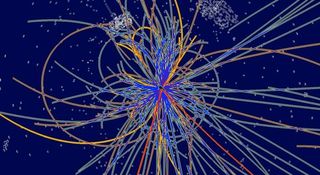
They come in different flavors and sizes, some come in destructive duos that essentially vaporize each other, and many have fantastical names like sparticles and neutrolinos. Here are the tiny particles that leave even physicists drooling.
God Particle
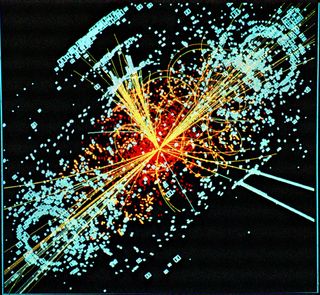
The Higgs boson, a particle so important to science that it's been dubbed the "God particle," is thought to give mass to all other particles. The particle was first theorized in 1964 when scientists wondered why some particles are more massive than others. The Higgs boson is associated with the so-called Higgs field, a lattice of sorts thought to fill the universe, and the two (the field and the boson, or particle) are thought to be responsible for giving other particles mass.
While many scientists hope the Higgs mechanism holds the missing puzzle piece to complete the existing "Standard Model" of physics that describes the known particles, it has yet to be detected.
Quarks
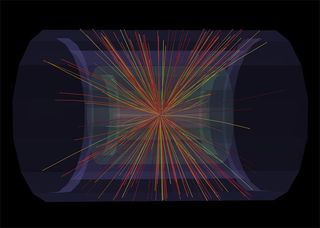
The adorably named building blocks of protons and neutrons, quarks are never alone, existing only in groups. Apparently, the force that binds quarks together increases with distance, so the farther one tries to pry away a lone quark, the harder it will pull back. Therefore, free quarks never exist in nature. These fundamental particles come in six flavors: up, down, charm, strange, top and bottom. For instance, protons and neutrons are both made of three quarks, with protons containing two "up"-flavored quarks and one "down," while neutrons have two downs and one up.
The up and down quarks have the lowest masses and are the most common flavors since the heavier quarks — such as the charm, strange, top and bottom — rapidly decay into up and down quarks. However, the heavier quarks could be produced in high-energy collisions, such as those in powerful atom smashers.
Sparticles
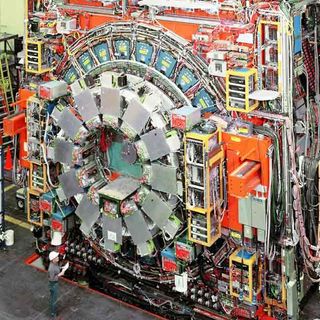
Sparticle is short for "supersymmetric particle," and is predicted by supersymmetry theory, which posits that for every particle we know of, there is a sister particle that we have not yet discovered. For example, the superpartner to the electron is the selectron, the partner to the quark is the squark and the partner to the photon is the photino.
Why don't we observe these sparticles in the universe now? Scientists think they are much heavier than their normal sister particles and the heavier a particle is the shorter its lifetime. It essentially starts to break down as soon as it's produced. Creating sparticles requires an extreme amount of energy, the kind that only existed shortly after the Big Bang and perhaps can be created in large particle accelerators like the Large Hadron Collider (LHC).
As for why sparticles are so hefty, physicists speculate the symmetry may have been broken in some hidden sector of the universe that we can't see or touch but can only feel gravitationally.
Neutrinos

They are lightweight, subatomic particles that whiz around at near light speed. In fact, trillions of neutrinos stream through your body at any given moment, though they rarely interact with normal matter. Some neutrinos come from the sun, while others come from cosmic rays interacting with the Earth's atmosphere and astronomical sources such as exploding stars in the Milky Way and other distant galaxies. A neurtino's antimatter partner is called a geoneutrino, and like other antimatter-matter interactions, when the two meet they annihilate.
Antimatter
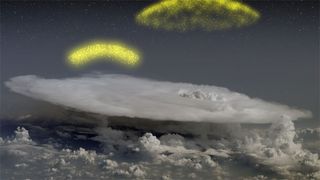
All normal particles are thought to have antimatter partner particles with the same mass but opposite charge. When matter and antimatter meet, the two annihilate each other. The antimatter parter particle of the proton, for example, is the antiproton, while the antimatter partner of the electron is called the positron.
Gravitons
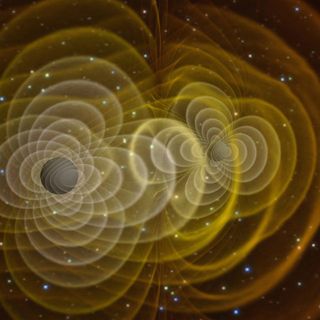
The field of quantum mechanics all fundamental forces are carried by particles. For instance, light is made up of massless particles called photons that carry the electromagnetic force. Likewise, the graviton is the theoretical particle that would carry the force of gravity. Scientists have yet to detect gravitons, which are tricky to find because they interact so weakly with matter.
Sign up for the Live Science daily newsletter now
Get the world’s most fascinating discoveries delivered straight to your inbox.
